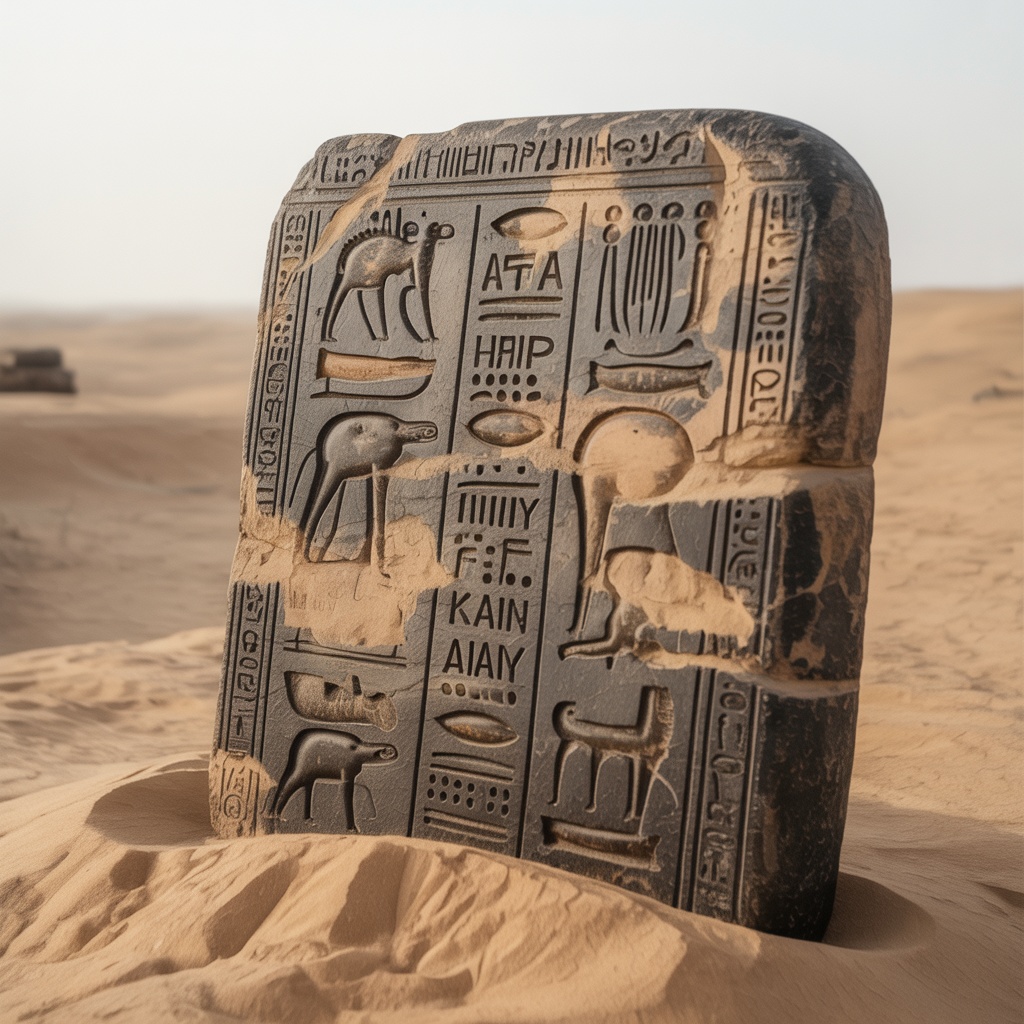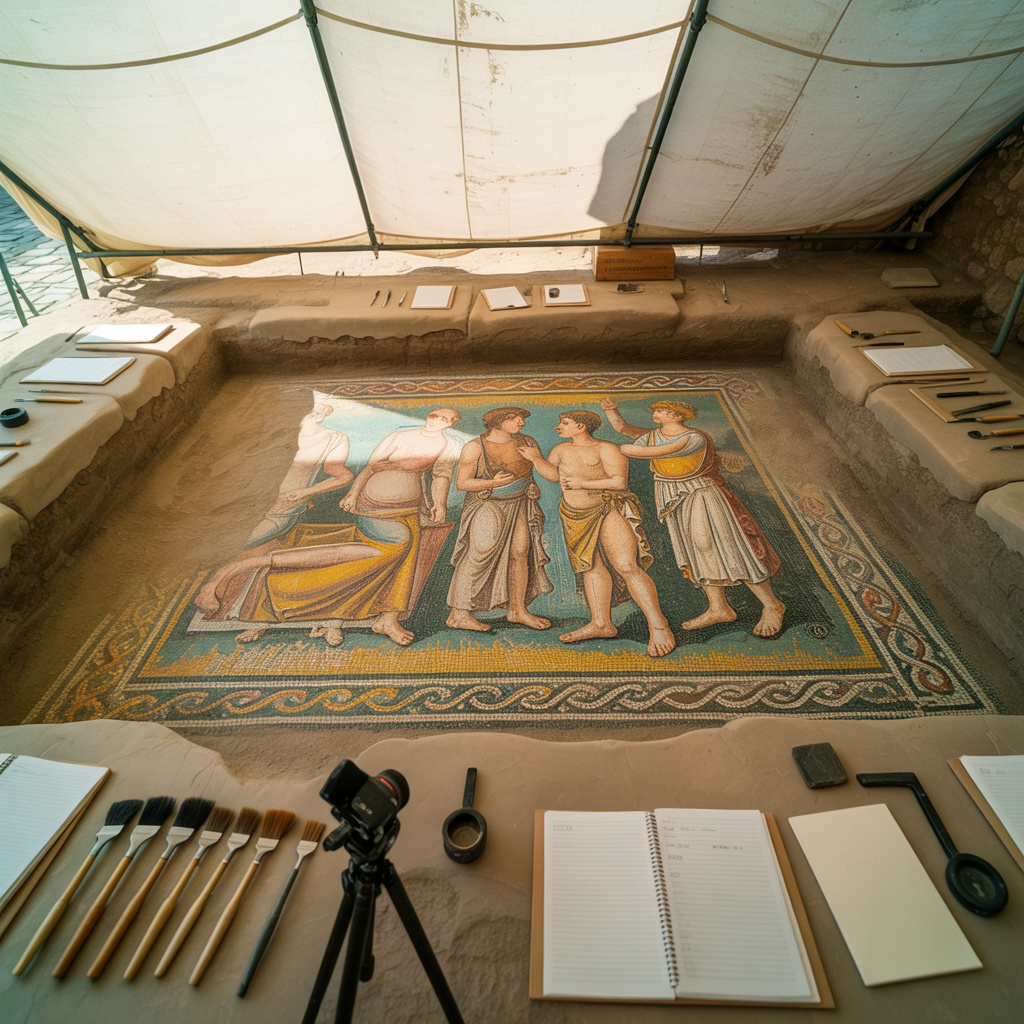Among the most intriguing claims about ancient Indian technological knowledge, descriptions in Sanskrit texts—particularly the Agastya Samhita—appear to detail methods for creating electrical batteries centuries or even millennia before Alessandro Volta's 1800 invention. These passages describe placing copper plates and zinc rods in earthenware pots with acidic solutions, generating what the texts call "shakti" or power. The striking similarity between these ancient instructions and modern wet-cell battery construction has generated considerable discussion about whether ancient India possessed electrical technology long before conventional historical timelines acknowledge.
As specialists in archaeological heritage research, we approach these claims with careful methodology, examining original Sanskrit texts, archaeological evidence, experimental replication, and the broader context of ancient Indian technological achievement. This comprehensive analysis separates verified knowledge from speculation whilst recognising ancient India's genuine technological sophistication.
The Agastya Samhita and Its Context
The Agastya Samhita is attributed to the sage Agastya, a legendary figure in Hindu tradition associated with extraordinary knowledge spanning diverse fields. However, scholarly consensus recognises that texts bearing Agastya's name were composed over long periods by multiple authors, incorporating material from various eras. The Samhita exists in several recensions with variations in content, making precise dating and authorship attribution challenging.
The Battery Passage
The relevant passage describes a process translating approximately as: "Place a well-cleaned copper plate in an earthenware vessel. Cover it first with copper sulphate and then with moist sawdust. After that put a mercury-amalgamated zinc sheet on top of the sawdust to avoid polarization. The contact will produce an energy known as Mitra-Varuna. Water will be split by this energy into Pranavayu and Udanavayu. A chain of one hundred jars is said to give a very active and effective force."
This description remarkably parallels wet-cell battery construction: copper and zinc electrodes separated by acidic electrolyte (the moist sawdust with copper sulphate), with mention of preventing polarization (a genuine concern in battery operation), and noting that multiple cells can be connected for enhanced output. The reference to splitting water into gases (interpreted as hydrogen and oxygen from electrolysis) further suggests electrochemical knowledge.
Dating the Text and Historical Context

Establishing when the battery passage was composed proves crucial for evaluating its significance. Unfortunately, precise dating remains elusive. Scholarly analysis suggests several possibilities:
Ancient Origin Theory
Some researchers argue the passage genuinely dates to ancient periods, perhaps 500 BCE to 500 CE, representing authentic ancient Indian electrical knowledge. Proponents note the text's technical sophistication, correct electrochemical principles, and integration within broader Indian scientific traditions. If accurate, this dating would dramatically revise technological history, demonstrating ancient electrical knowledge predating modern understanding by over a millennium.
Medieval Composition Theory
Other scholars suggest medieval composition (roughly 800-1500 CE), possibly incorporating older material but achieving final form well after the periods typically claimed. Medieval Indian scholarship displayed impressive scientific and mathematical sophistication—developments including advanced astronomy, sophisticated mathematics, and chemical knowledge—making electrochemical understanding during this period conceivable though still remarkable.
Modern Addition Theory
Skeptical scholars argue the battery passage represents relatively recent addition to the Agastya Samhita corpus, possibly inserted during the 19th or early 20th centuries after Western electrical technology became known in India. This theory suggests the passage reflects attempted demonstration that Indian tradition anticipated modern science rather than representing genuine ancient knowledge. The lack of manuscript evidence predating the colonial period supports this interpretation, though absence of evidence isn't conclusive proof of absence.
Archaeological Evidence for Ancient Batteries
If ancient India possessed battery technology, we might expect archaeological evidence—preserved battery components, artifacts requiring electrical power, or other material remains. The archaeological record provides limited suggestive evidence but no definitive proof:
The Baghdad Battery
Whilst not from India, the so-called Baghdad Battery provides relevant comparative context. This artifact from Parthian-period Mesopotamia (circa 250 BCE-250 CE) consists of a clay jar containing a copper cylinder surrounding an iron rod. Some researchers proposed this device functioned as a galvanic cell producing small electrical current, possibly for electroplating jewellery. However, most archaeologists consider alternative explanations more likely—the device probably stored scrolls or served another non-electrical function. The "battery" interpretation remains controversial and lacks definitive supporting evidence.
Absence of Indian Archaeological Examples
No artifacts clearly identifiable as ancient Indian batteries have been discovered despite extensive archaeological investigation across the subcontinent. This absence presents challenges for claims of ancient electrical technology. If batteries were produced and used, we would expect preserved examples in archaeological contexts—metal components would survive burial, and widespread use would increase discovery probability. The archaeological silence doesn't definitively disprove ancient batteries but shifts the burden of proof toward those making extraordinary claims.
Experimental Replication and Feasibility

Several researchers have attempted to construct batteries following the Agastya Samhita instructions to determine whether the described process actually produces electrical current:
Successful Replication Results
Experiments following the Sanskrit instructions successfully generated measurable voltage—typically 0.5 to 1.1 volts per cell, consistent with simple wet-cell batteries. Connecting multiple cells in series increased total voltage, matching the text's claim about chains of jars producing enhanced power. The batteries successfully decomposed water through electrolysis when sufficient voltage was applied, producing hydrogen and oxygen gases (potentially the "Pranavayu and Udanavayu" mentioned in the text).
These results confirm that following the Agastya Samhita instructions produces functional batteries capable of generating electrical current and performing electrolysis. This verification doesn't prove ancient Indian electrical technology existed—modern replication doesn't establish historical practice—but it demonstrates the instructions' electrochemical accuracy and feasibility.
Practical Limitations
The batteries produced in replication experiments generate modest power—sufficient for demonstrations or small-scale electroplating but inadequate for substantial applications. The ancient batteries would have had limited shelf life before the electrolyte dried out or electrodes deteriorated. These limitations raise questions about what practical applications ancient Indians might have found for such devices if they indeed constructed them.
Ancient Indian Scientific Knowledge Context
Evaluating battery claims requires understanding ancient India's genuine scientific achievements—a civilisation that developed sophisticated astronomy, advanced mathematics including decimal notation and zero concepts, impressive metallurgy including rust-resistant iron, systematic linguistics and grammar, comprehensive medical knowledge, and sophisticated philosophical traditions addressing perception and knowledge. Similar to our exploration of the Delhi Iron Pillar's metallurgical achievements, ancient India demonstrably possessed impressive technical capabilities.
Chemical and Alchemical Knowledge
Ancient Indian texts document extensive chemical knowledge including acid preparation, metal extraction and purification, compound preparation, gem identification and treatment, and dye manufacturing. This chemical sophistication makes electrochemical experimentation conceivable—ancient Indian scholars possessed the foundational knowledge necessary to accidentally discover or systematically investigate electrical phenomena if circumstances prompted such investigation.
Theoretical Frameworks for Understanding Electricity
Ancient Indian philosophical traditions developed sophisticated conceptual frameworks for understanding natural phenomena, including detailed atomistic theories, sophisticated concepts of energy transformation, and systematic investigation of material properties. These intellectual traditions could potentially have provided conceptual space for understanding electrical phenomena, though this remains speculative without clearer textual evidence.
Alternative Interpretations of the Text

The Agastya Samhita battery passage admits multiple interpretations beyond literal ancient electrical technology:
Alchemical or Medicinal Process
The described process might primarily serve alchemical or medicinal purposes rather than electrical generation. Ancient chemical texts often describe processes generating secondary effects (including electrical sparks from certain chemical reactions) without recognising these phenomena as discrete technological applications. The text might document chemical processes where electrical generation represented an observed but poorly understood side effect.
Symbolic or Esoteric Teaching
Some Sanskrit texts employ material processes as metaphors for spiritual or philosophical concepts. The "energy" produced might represent spiritual power rather than literal electrical current, with the physical process serving as symbolic framework for esoteric teaching. This interpretation aligns with traditions of encoding multiple meaning levels within single texts.
Garbled Transmission of Genuine Knowledge
The passage might represent corrupted transmission of genuine chemical knowledge, with terminology and understanding degrading across multiple copying generations. The striking electrochemical accuracy could result from coincidental alignment between garbled instructions and actual battery construction rather than demonstrating original electrical knowledge.
The Broader "Ancient High Technology" Context
Claims about ancient Indian batteries connect to broader narratives proposing that ancient civilisations possessed advanced technologies later lost. These claims require careful evaluation:
The Appeal of Lost Knowledge Narratives
Stories about ancient advanced technology appeal to several psychological and cultural factors: they provide national or cultural pride by attributing impressive achievements to ancestral populations, they offer mystery and wonder in seemingly mundane historical records, they challenge academic authority by proposing alternative historical narratives, and they suggest that modern civilisation may have lost valuable ancient knowledge worth recovering.
Whilst these motivations don't inherently invalidate ancient technology claims, they create psychological incentives for accepting insufficiently supported propositions. Rigorous historical methodology requires maintaining critical distance from emotionally appealing narratives, evaluating claims based on evidence quality rather than desired conclusions.
Distinguishing Genuine Achievement from Speculation
Ancient India demonstrably achieved remarkable technological sophistication in numerous domains. However, enthusiastic advocacy sometimes extends from verified achievements to speculative claims lacking comparable support. Responsible scholarship celebrates genuine ancient accomplishments whilst maintaining evidentiary standards that distinguish verified knowledge from intriguing possibilities requiring further investigation.
What Would Ancient Electrical Technology Mean?
If ancient India did possess battery technology, several important implications would follow:
Technological Diffusion Questions
Ancient Indian battery knowledge presumably wouldn't have remained completely isolated—trade networks, scholarly exchange, and cultural contact should have transmitted technological knowledge to neighboring regions. The absence of battery technology evidence in contemporary civilisations interacting with India raises questions about how such knowledge could have remained confined and ultimately lost.
Application and Purpose Mysteries
What would ancient Indians have used batteries for? Proposed applications include electroplating jewellery or statuary, medical treatments using electrical stimulation, religious ceremonies employing electrical effects, and demonstrations of natural philosophy. However, none of these applications leave unambiguous archaeological signatures, making verification challenging.
Knowledge Loss Explanations
If ancient Indians developed battery technology that subsequently disappeared, understanding this loss becomes important. Potential explanations include social disruption severing knowledge transmission, economic changes making the technology obsolete or uncompetitive, religious or philosophical objections suppressing certain technical practices, and simple accidents of preservation and documentation. Similar processes affected other ancient technologies, so knowledge loss wouldn't be unprecedented.
Current Scholarly Consensus
Most mainstream historians and archaeologists remain skeptical about ancient Indian battery technology claims, citing insufficient archaeological evidence, uncertain text dating and authenticity, alternative textual interpretations, and absence of supporting evidence from contemporary civilizations. However, a minority of researchers argues the evidence deserves more serious consideration, proposing continued investigation through archaeological survey, manuscript analysis, experimental replication, and comparative studies with other ancient technologies.
This debate illustrates healthy scholarly disagreement about interpreting ambiguous evidence. Further research—particularly discovery of older manuscript versions or relevant archaeological materials—could significantly clarify whether ancient Indian battery knowledge represents genuine historical achievement or modern projection onto ancient texts.
Visiting Sites Relevant to Ancient Indian Technology
Whilst no sites specifically document ancient battery technology, several locations showcase ancient Indian technological and scientific achievements:
Nalanda University Ruins, Bihar
This ancient learning centre housed thousands of students studying various disciplines including science, mathematics, and philosophy. The ruins preserve evidence of scholarly activity spanning centuries, illustrating the intellectual environment where technological investigation might have occurred.
Hampi, Karnataka
The Vijayanagara Empire capital displays sophisticated architecture, hydraulic engineering, and metallurgical achievements. The site demonstrates the technological sophistication of medieval Indian civilization and provides context for understanding ancient technical capabilities.
Various Ancient Observatories
Sites including the Jantar Mantar observatories built by Maharaja Jai Singh II demonstrate Indian astronomical and mathematical traditions. Whilst relatively recent (18th century), these observatories illustrate continuity of scientific traditions with ancient roots.
Our India heritage tours explore authentic ancient Indian technological achievements in metallurgy, architecture, mathematics, and astronomy, providing evidence-based interpretation that celebrates genuine accomplishments whilst maintaining rigorous historical standards.
Conclusion: Balancing Enthusiasm with Evidence
The Agastya Samhita battery passage presents an intriguing historical puzzle deserving continued investigation. The text's electrochemical accuracy and successful experimental replication establish that the described process works, demonstrating technical knowledge of battery construction. However, establishing when this knowledge developed and whether it represents ancient wisdom or later addition requires additional evidence currently lacking.
Rather than definitively accepting or rejecting ancient Indian electrical technology, responsible scholarship maintains openness to evidence whilst applying appropriate skepticism to extraordinary claims. Ancient India clearly possessed remarkable scientific and technical knowledge across multiple domains—claims about specific technologies should be evaluated individually based on evidence quality rather than wholesale acceptance or rejection. The battery question remains open, awaiting discovery of clearer evidence that might resolve current uncertainties.
